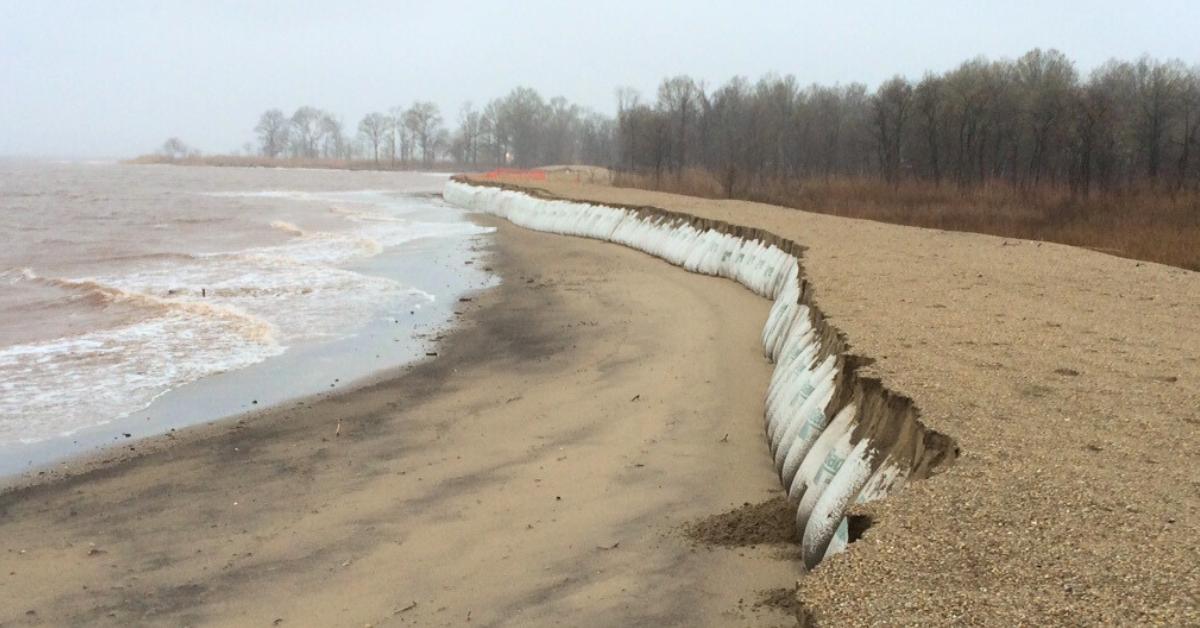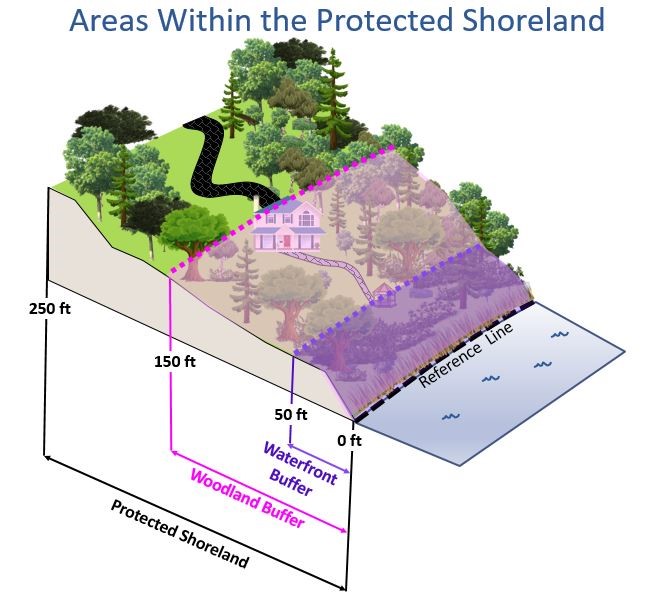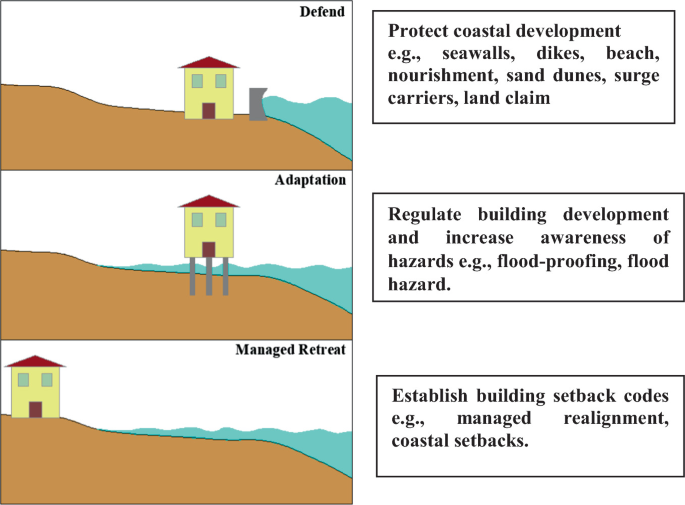Getting The Shore Protect Team To Work
Wiki Article
The Main Principles Of Shore Protect Team
Table of ContentsThe Basic Principles Of Shore Protect Team All About Shore Protect TeamThe smart Trick of Shore Protect Team That Nobody is DiscussingSome Known Incorrect Statements About Shore Protect Team The Greatest Guide To Shore Protect TeamThe Best Strategy To Use For Shore Protect Team10 Easy Facts About Shore Protect Team Explained
Decline in home worth: As the area tourist is influenced by disintegration, so then is the economic situation. Customers are less most likely to look for a beach home that might be damaged anytime by the upcoming flooding and erosion emergency situation. Subsequently, home value can go down exceptionally and impact the whole region.Whether a beach is simply little and crowded or has to shut totally for the safety and security of the community and close-by residential or commercial properties, this considerably influences tourism. Consequently, regional economic climates are influenced (https://www.gamespot.com/profile/shrprtcttm/). Threat of injury: The boosted danger of flooding and structural failures triggers an enhanced threat of injury to close-by vacationers and area members

is home to greater than 84,240 miles of coastline with 41% of it exposed to the open ocean. Coastal engineers supervise of safeguarding the coastline against adjustments by minimizing the destructive effects of both natural and man-made occurrences. Shoreline stablizing is straight associated to their work. Waterfront hotels: Because coastline erosion effects tourist, it impacts the success of waterfront hotels.
Getting My Shore Protect Team To Work
This ultimately results in closures and deserted beachfront properties. Coastal business organizations: No vacationers means no service. For those businesses providing to residents, their building is at risk of damage from erosion and flooding. Coastal state parks: State parks that exist along coastlines go to danger of damage. Not only to the manufactured structures and buildings on site, but also to the natural environments that exist within.Hard stablizing makes use of man-made structures as protection to regulate erosion. The majority of types of difficult stabilization like seawalls and sheet steel are not ideal for shoreline stablizing.
What Does Shore Protect Team Do?
There's likewise not adequate evidence of their performance relying on the sort of coastline and regional problems. Tough stabilization strategies often tend to be extra challenging to set up and don't match the all-natural aesthetic, protruding like an aching thumb and hurting local ecosystems in numerous situations. Beach nourishment is the procedure of adding shed sand and debris back to coastlines after disintegration has actually occurred.TrapBags help in the process of beach sustenance by safeguarding all-natural ecological communities and allowing plants to grow. They're: Ecologically pleasant: You can make use of native soil both to border and to load the TrapBags.

The Single Strategy To Use For Shore Protect Team
They can also be installed without any kind of heavy equipment. Economical: TrapBags are ideal for both little and huge areas of shoreline.Integrated with a high construction expense, this has brought about enhancing use of other soft design seaside monitoring options such as beach replenishment. Seawalls are constructed from various materials, the majority of generally reinforced concrete, rocks, steel, or gabions. Other possible building materials include plastic, timber, light weight aluminum, fiberglass composite, and biodegradable sandbags constructed from jute and coir. The appropriate seawall design relies on location-specific aspects, consisting of bordering disintegration processes. There are three primary types of seawalls: upright, bent, stepped, and mounds (see table below).
All-natural obstacles, such as reef and mangrove woodlands, prevent the spread of tidal waves and the circulation of seaside waters and minimized the flood and surge of water. A cost-benefit method is an effective way to determine whether a seawall is ideal and whether the benefits are worth the expense.
Examine This Report about Shore Protect Team
A seawall is a fixed feature which can conflict with the vibrant nature of the shore and restrain the exchange of debris in between land and sea. Advantages and drawbacks of seawalls according to Short (1999) Advantages Negative aspects Lengthy term solution in comparison to soft coastline nourishment (https://justlink.org/details.php?id=399715).
This can trigger beaches to dissipate, rendering them pointless for beach goers. Normally, seawalls can be an effective means to regulate seaside disintegration, but only if they are constructed well and out of products that can withstand the force of recurring wave energy. Some understanding is needed of the coastal processes and morphodynamics certain to the seawall area.
How Shore Protect Team can Save You Time, Stress, and Money.
The ideal seawall layout depends on location-specific elements, consisting of bordering erosion processes. There are 3 main types of seawalls: upright, bent, stepped, and piles (see table below). A record released by the United Nations Environment Program (UNEP) suggests that the tsunami of 26 December 2004 caused less damage in the locations where all-natural obstacles were present, such as mangroves, coral reefs or coastal greenery.Natural obstacles, such as coral reefs and mangrove forests, avoid the spread of tsunamis and the flow of coastal waters and minimized the flood and surge of water. A cost-benefit method is an efficient method to identify whether a seawall is appropriate and whether the benefits are worth the expense.
The Best Strategy To Use For Shore Protect Team
A seawall is a fixed attribute which can conflict with the vibrant nature of the coast and restrain the exchange of sediment between land and sea. Advantages and downsides of seawalls according to Short (1999) Advantages Drawbacks Long term service in comparison to soft coastline sustenance.
This can trigger beaches to dissipate, providing them ineffective for coastline goers. Usually, seawalls can be an effective means to control coastal disintegration, but only if they are created well and out of products that can hold up against the force of ongoing wave power.
Report this wiki page